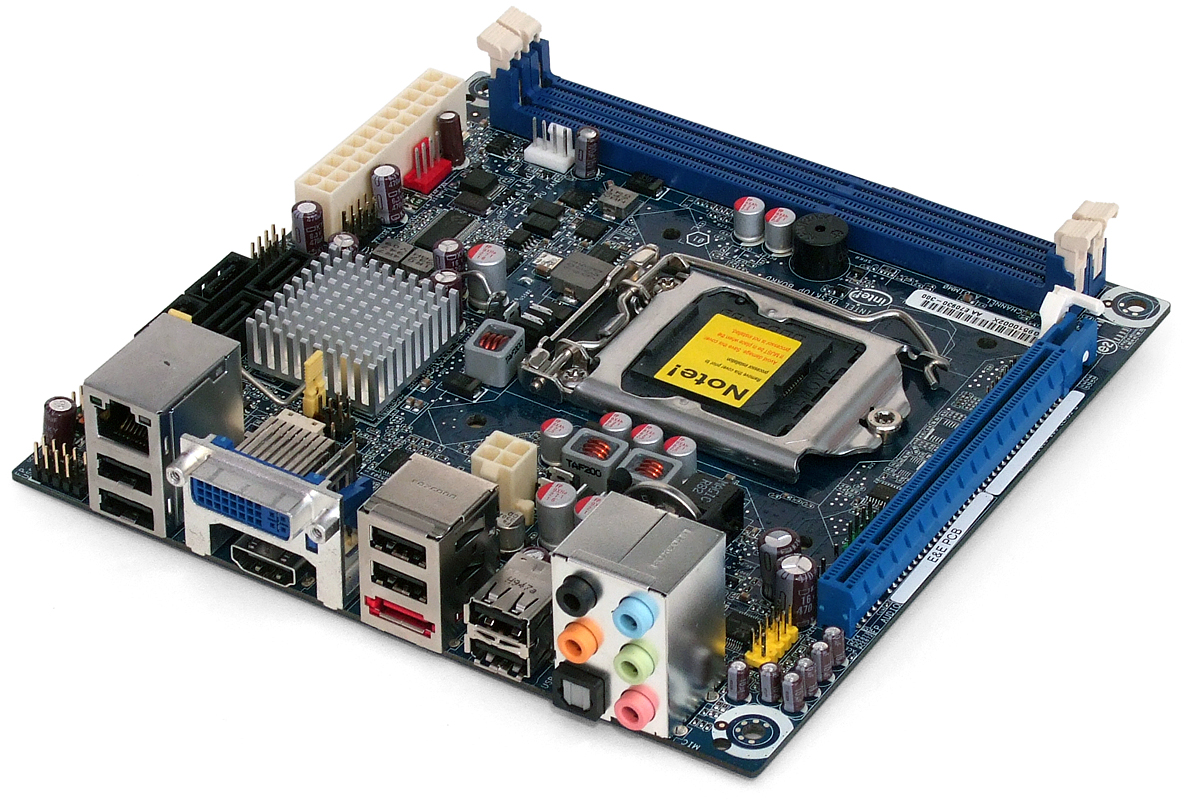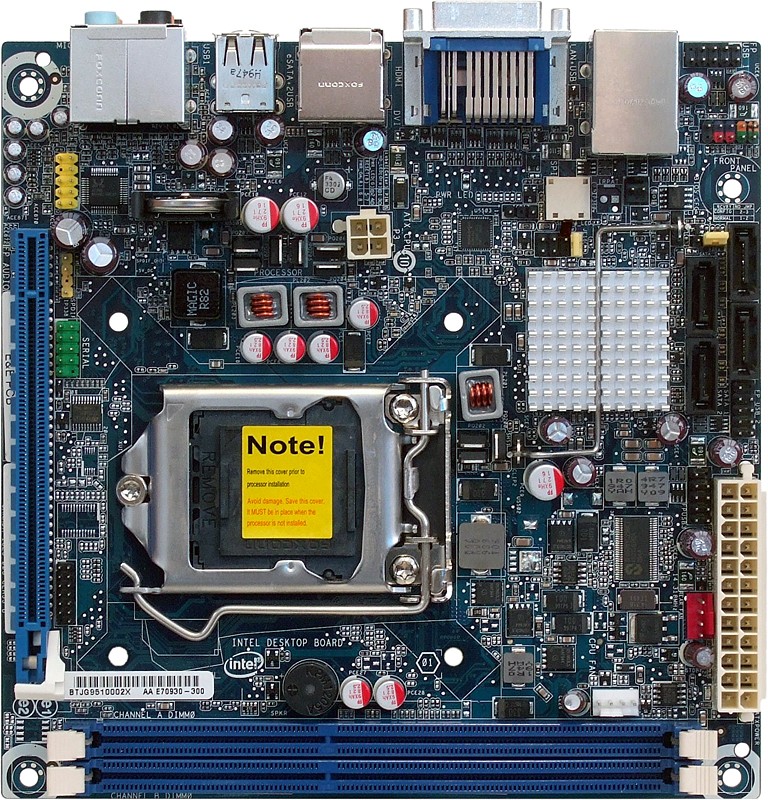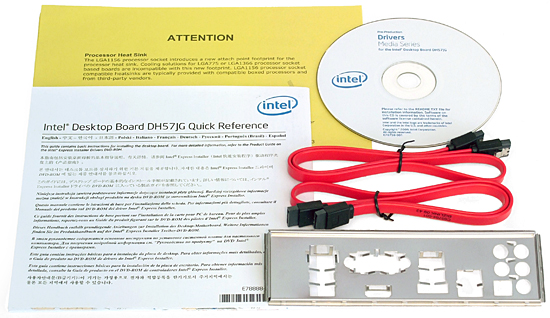Budget Computing: Nine H55 And H57 Motherboards Compared
Intel DH57JG Mini-ITX
Intel is the second company in today’s roundup to answer our “features for the money” request with a mini-ITX part. While motherboards this size have little space for add-ins, the company considers a small footprint to be a big feature. Especially for builders who really want the most compact desktop-based system, it’s probably right.
The I/O panel has some room left over, but not enough to add a VGA connector. Intel instead uses a DVI-I connector with a VGA breakout capability for standard DVI-to-VGA adapters. A second HDMI monitor can also be attached via an adapter, although only the primary HDMI output supports audio. Any of these options support a Clarkdale-based processor’s dual-display capability.
Most mini-ITX cases hold few drives, so the lack of any add-in ATA controllers is expected. However, we would have liked to see a second eSATA connection, since only five of the chipset’s six ports are available. There’s enough room on the I/O panel for two more USB ports as well, and Intel could have even chosen combination USB/eSATA connectors to maximize the use of space.
The DH57JG also lends itself to use in a compact gaming system by providing a PCIe 2.0 x16 slot. Users who pick a DTX-style case such as Silverstone’s Sugo SG05 can even use a medium-length double-slot card, and those who prefer to have their tiny motherboard dwarfed by enormous graphics can choose an even larger enclosure, since mini-ITX motherboards fit exactly over the CPU section of larger microATX and full ATX cases.
Two advantages Intel’s DH57JG has over its H55-based ECS competition are its third USB 2.0 internal connector and the H57’s chipset RAID capability. However, overclockers might prefer the ECS product’s four-phase CPU voltage regulator rather than Intel’s efficiency-focused three-phase design.
BIOS Features
Intel’s DH57JG control interface contains several overclocking features, but the lack of any core voltage setting prevents overloading its smaller three-phase CPU voltage regulator.
Get Tom's Hardware's best news and in-depth reviews, straight to your inbox.
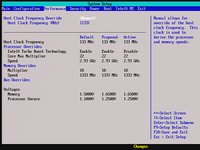
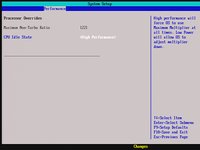
CPU base clock control is found in the main performance menu, with nothing more than a power state controller in the Processor Overrides submenu.
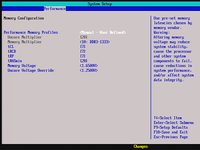
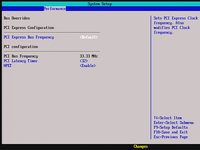
Selecting the Memory Overrides button brings up a submenu with latency, DIMM voltage, and memory controller voltage adjustments. The Bus Overrides submenu is less useful, featuring PCIe frequency.
Accessories
Intel’s retail box wasn’t ready when the company shipped our DH57JG sample, but the contents of its unadorned box represent what retail buyers can expect. Included are a quick reference guide, installation CD, I/O panel cover, and two SATA cables.
